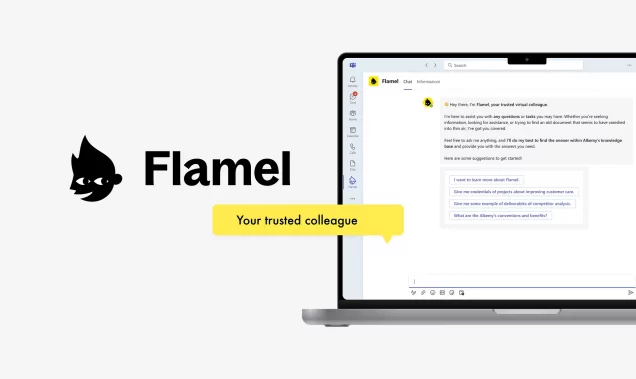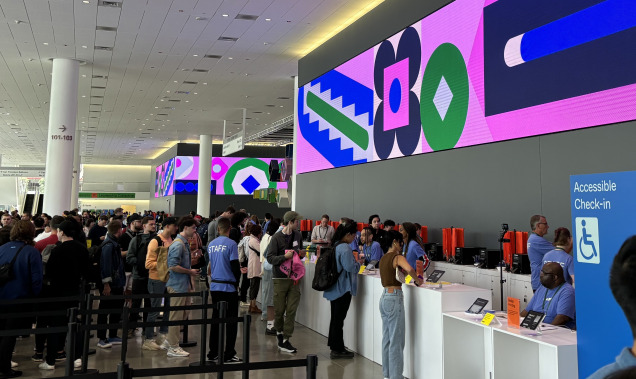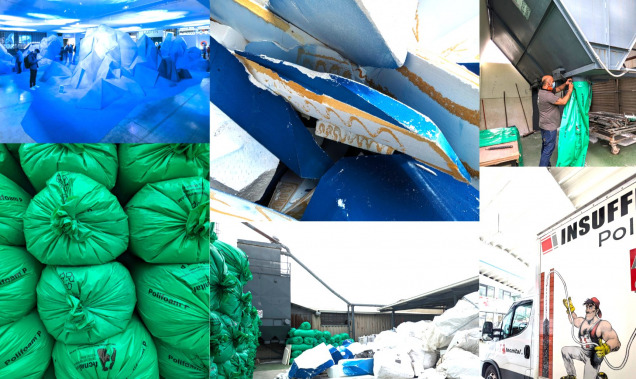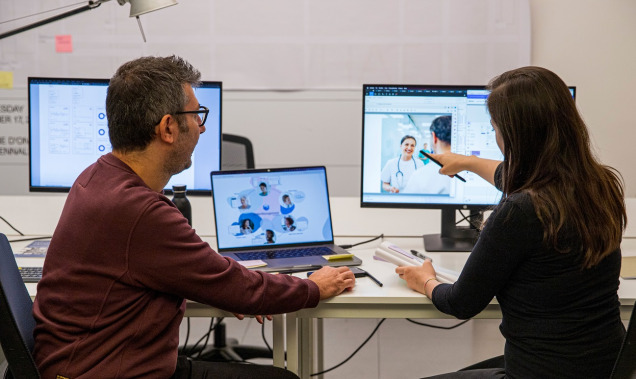Innovation in the smart home
Pancrazio Auteri, the chief product officer at Fingbox, popped by our studio during a recent trip to Italy. We had the chance to talk to Pancrazio about the Innovation award that Fingbox received at CES, the future of the Internet of Things (IoT) and plenty more.
Fingbox is a device that we recently designed, which watches over your network to detect intruders, block devices, and analyze the quality of your Wi-Fi and Internet connection. Here’s what Pancrazio had to say.
The consumer IoT technology at CES is maturing to solve real life problems
Fingbox exhibited at CES, the annual conference on consumer technologies, in Eureka Park, which is renowned for highlighting the newest and most exciting start-ups. Fing was named an Innovation Award Honoree in the cyber security category for the Fingbox device. Congratulations!
“Thank you! I feel like the event was ten times more exciting than the year before! Instead of a technology focus, the IoT in consumer technologies is maturing to attempt to solve real-life problems now. There’s a company with cameras observing shelves in supermarkets, for example. There’s no checkout – you simply receive the bill to your phone when you walk out from the store. Or the start-up with a trash bin with just one inlet, and AI to sort the waste paper, plastic and metals.”
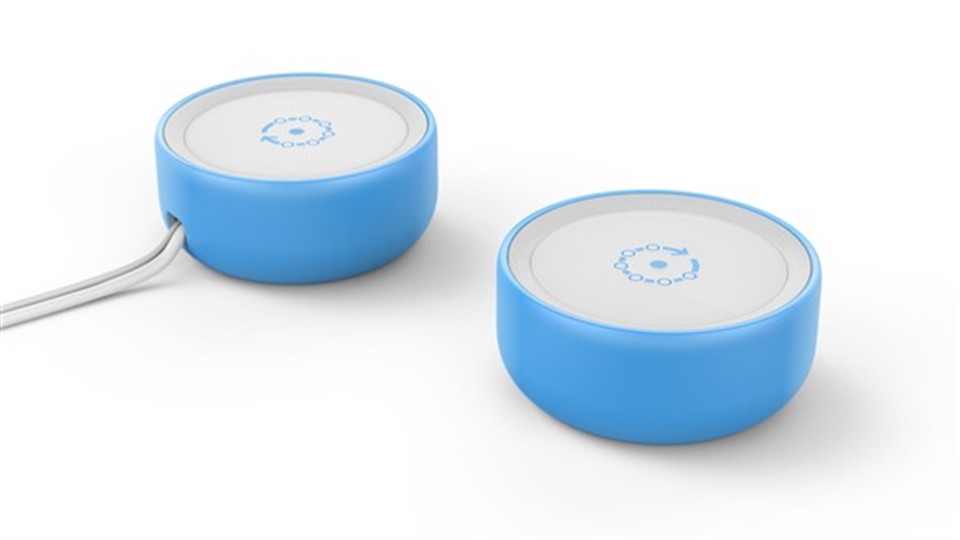
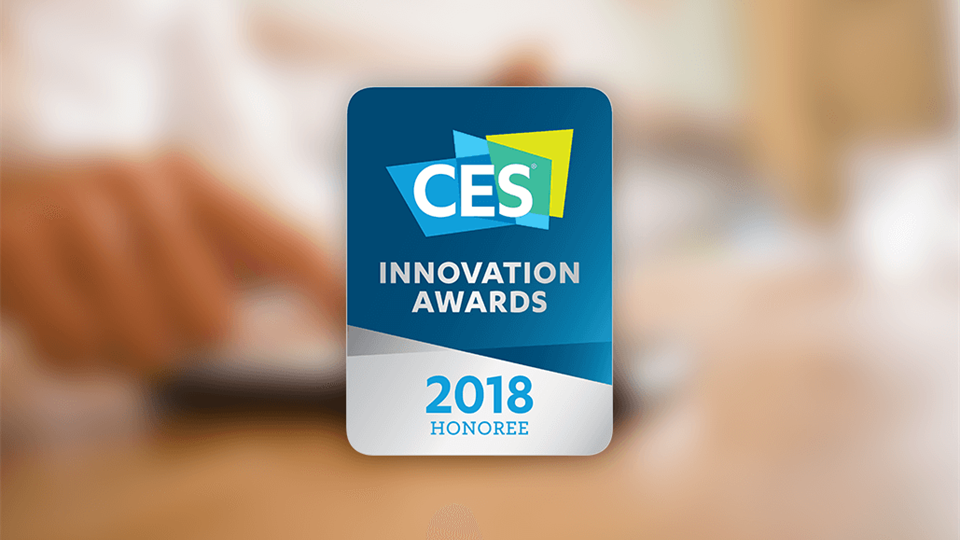
Empower consumers by putting intelligence in the right place in the customer experience
As our lives become increasingly dependent on a network, connected home product strategies are starting to shift.
“The relationship between Internet service providers and customers is traditionally characterized by market monopolies, competing on price. Less importance is placed on the customer experience. There’s been the service provider and the consumer, and nothing in between. Now it’s a question of putting intelligence in the right place. Different brands have developed in silos, and the hub approach didn’t work. In a sophisticated society and a deregulated market, it’s hard to align people. The real winners are the large companies.
A device such as Fingbox provides a consumer with information, which is power. It takes part in the community of devices, making it safer and smarter. Yet it isn’t in the main data flow. This ‘just plug in’ solution is non-intrusive and leaves the control to the consumer.”
The (in-)security of the smart home
The plurality of connected devices on the market means that 100% network security is increasingly difficult. When there are thousands of connected devices available to buy, how can you expect one device or security system to protect you from everything?
“Traditionally, an antivirus program would detect things that come in, and a firewall protects the network from outside intruders. But in today’s home network, there are a lot of connected objects. Each device a consumer buys poses new challenges and creates a possible new opening for intruders. A smart home is a ripe environment for ‘bad’ devices, and the holistic approach is missing completely. There’s no universal certification, either. Electric appliances are certified against not catching fire and not disturbing radio waves, but when it comes to cybersecurity, there is no certification. Virtually anything can be connected to the network.
With Fingbox, we are creating a net for catching these problems. Ours is a heuristic approach: We know how network protocol works, and what can go wrong, so we can look for those signs. When we detect bad devices, we share information about it in our channels and react to it. It’s a communication challenge and a question of who owns this space. We think that information should be independently aggregated.”
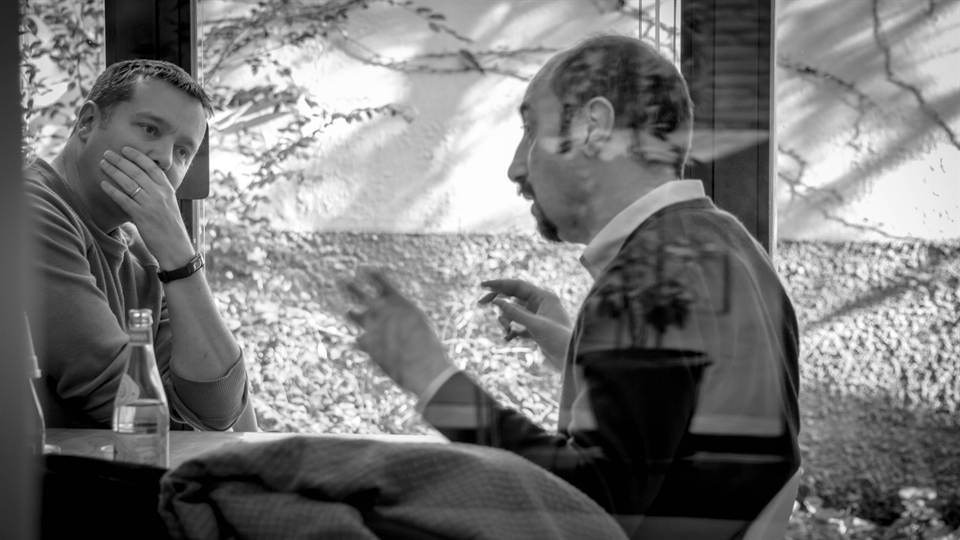
If you want to innovate, you must question your processes
Fingbox is just the latest addition to a long series of projects, in which Pancrazio has pushed the boundaries of technology to meet user needs in new, innovative ways.
“I’ve always seen things in different ways from the norm. I think that we don’t have to do things the way we always did before. We cannot solve a problem in a new, innovative way without changing the process and the mindset. Innovation doesn’t rise from a single person. It is the environment that makes people more comfortable to innovate. Our surroundings direct us ever so subtly to act in a conformed way. When you do something new, you are not safe. If you succeed, great. If you fail, you will do so alone, and there will be a spotlight on you. We need to build environments that support innovation.”
The best design is the kind that nobody speaks of
As the product designers and engineers of Fingbox, we, of course, discussed great design, too.
“Whenever a product is successful in the eyes of the user, nobody speaks about design. The object is incorporated into their lifestyle. What more could you possibly want? It’s a change in the protagonist on the stage – we are looking at the needs of the user instead of the hero designer. Beauty is important, but it’s not limited to aesthetics. The concept is wider. An object that fits comfortably to a lifestyle of a human being is beautiful. It should also be a pleasure to build an object – manufacture, impact on the environment, and transport are all a part of the beauty of an object.”
Based on a conversation between Pancrazio Auteri and Peter Newbould
